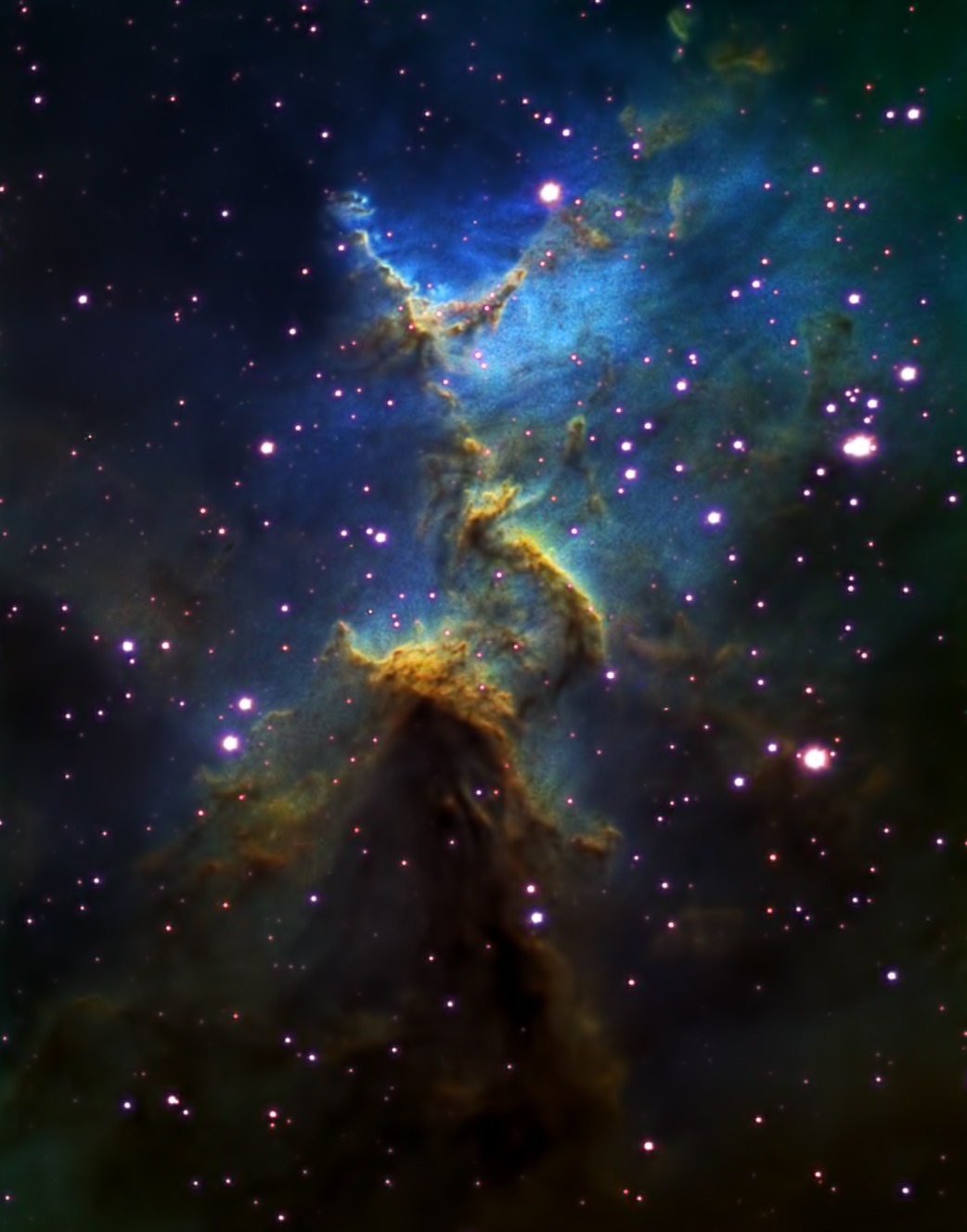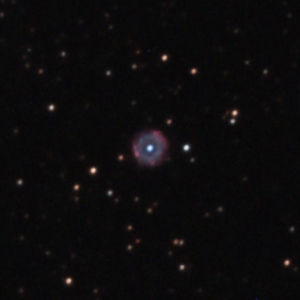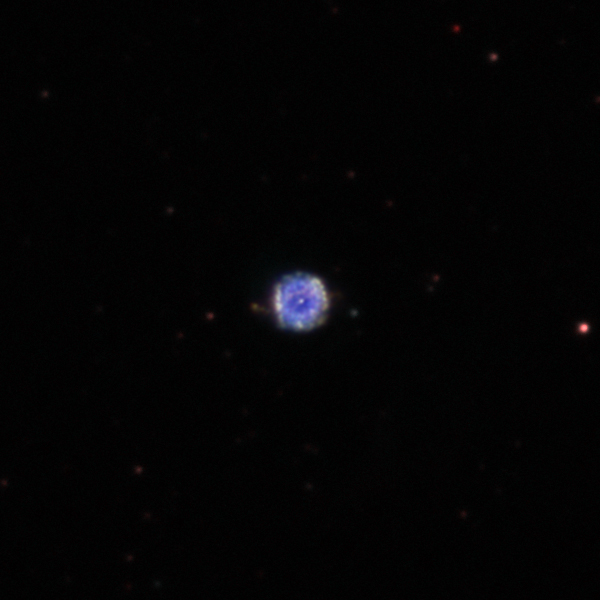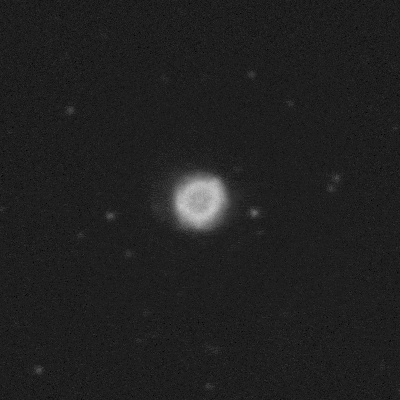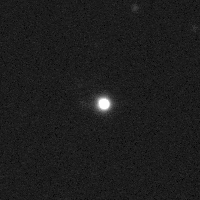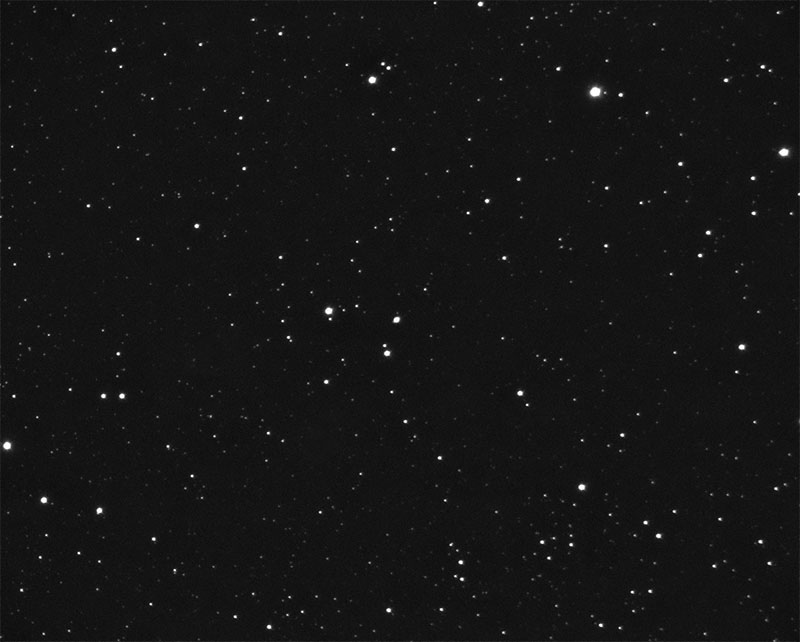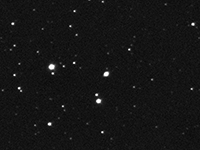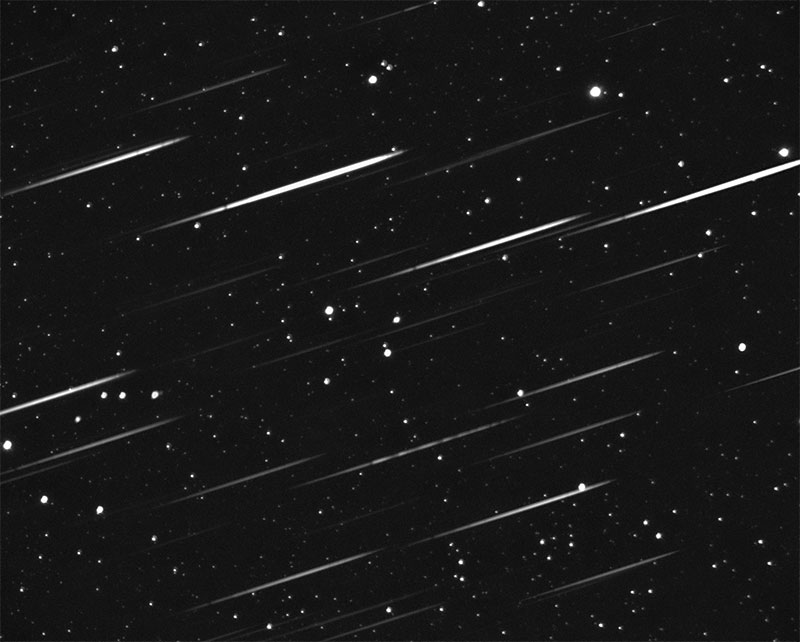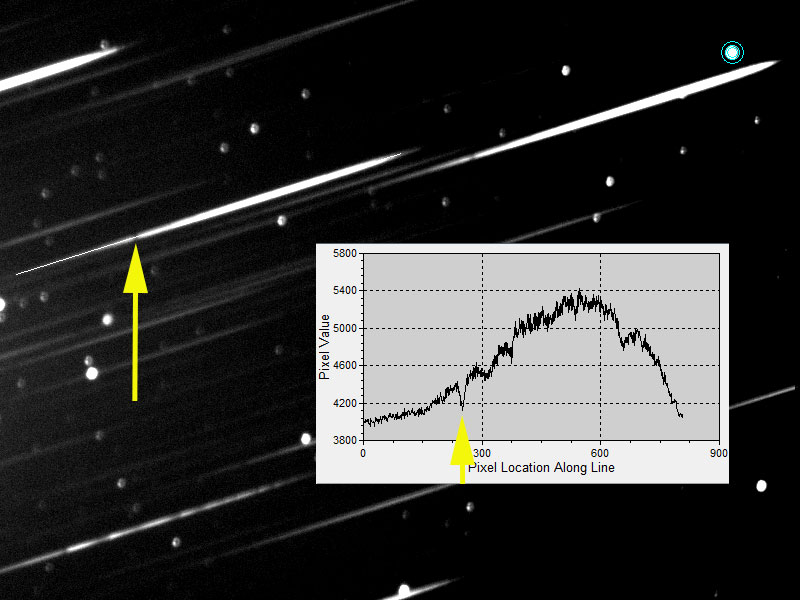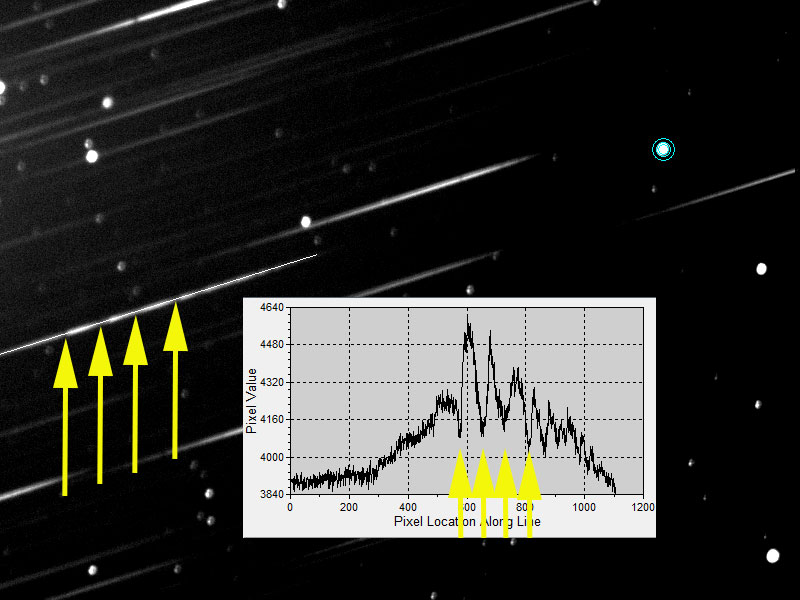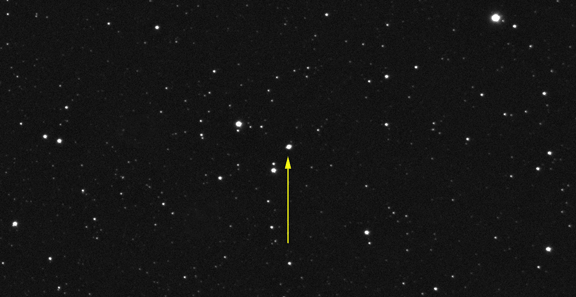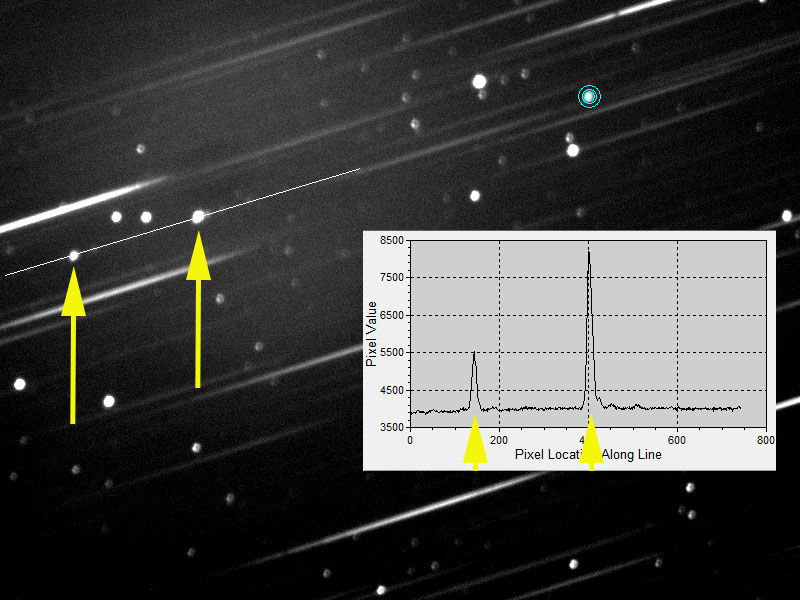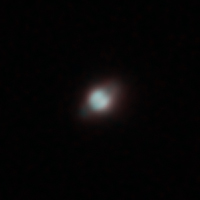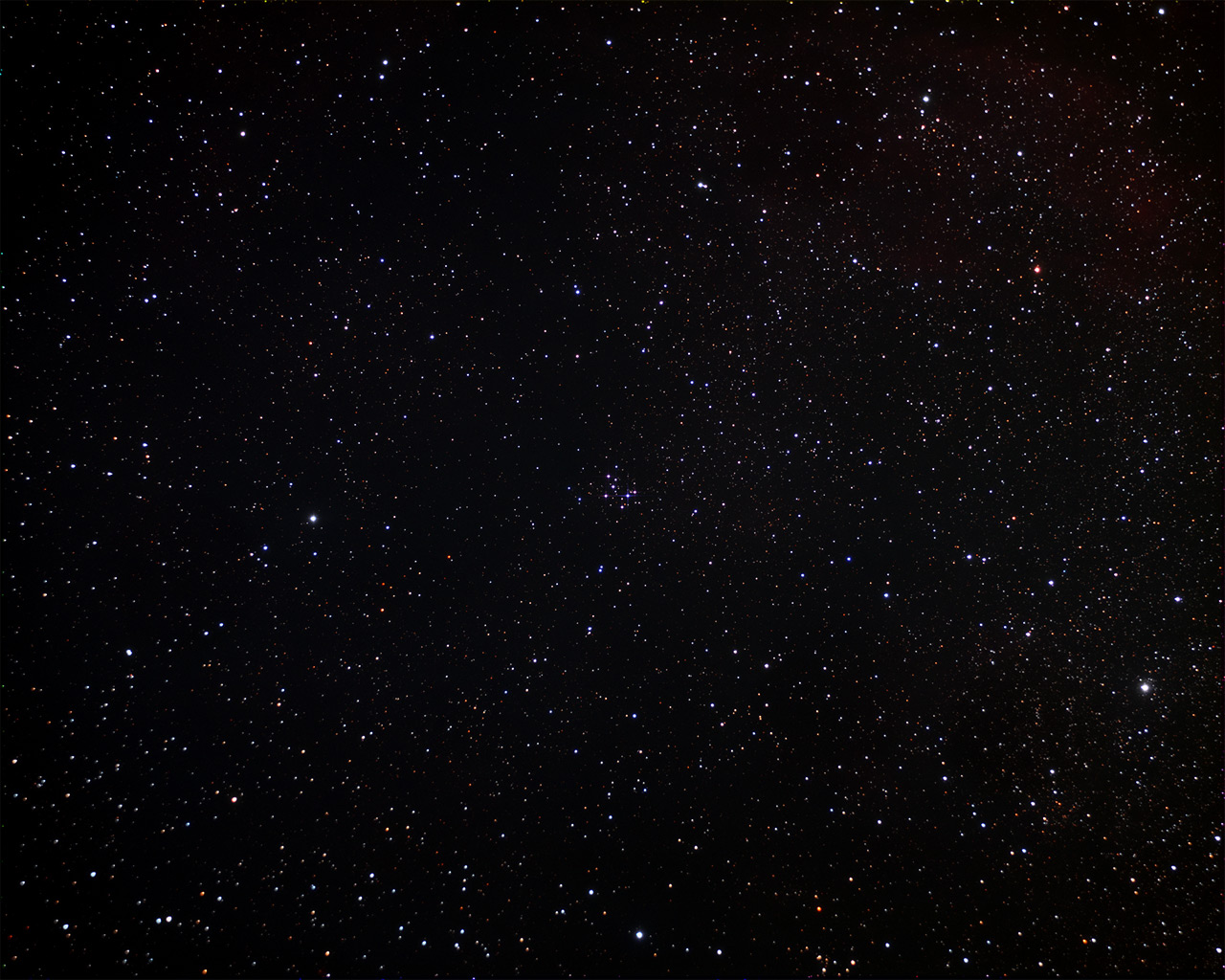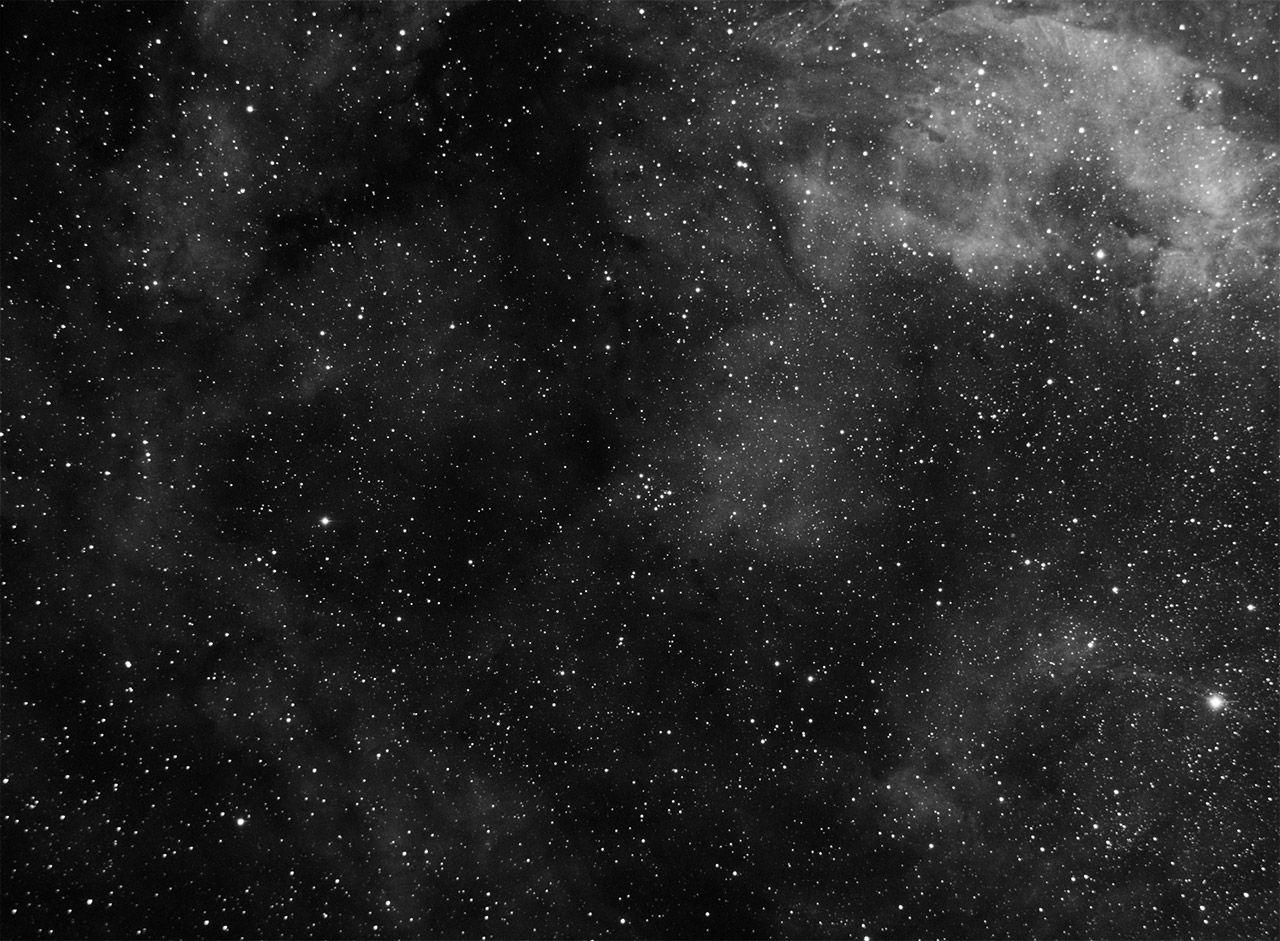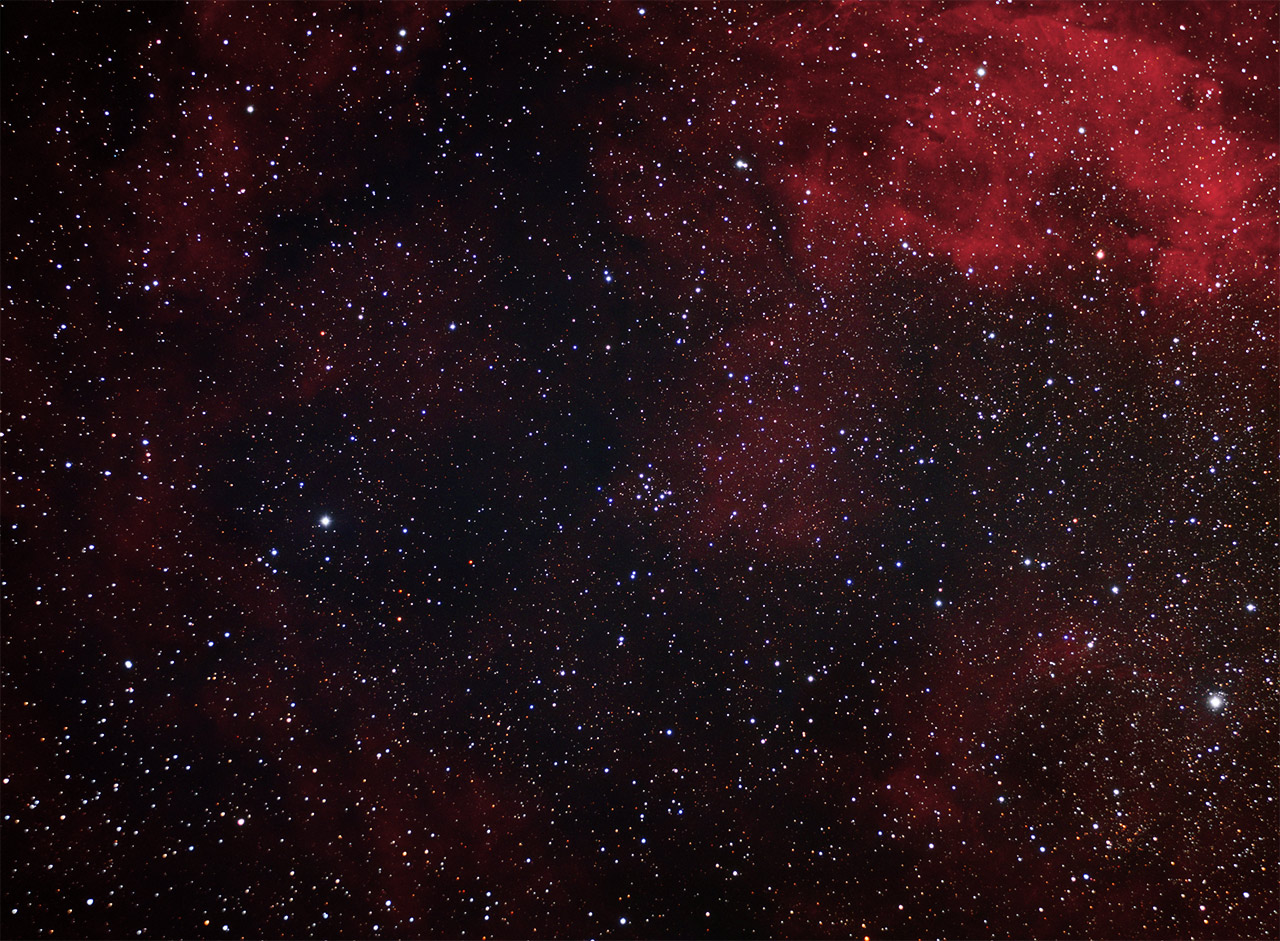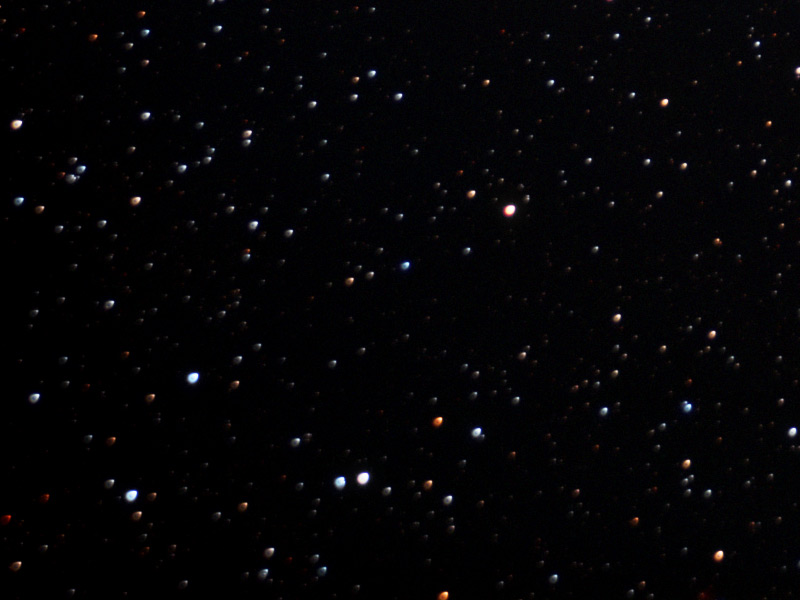dust and gas near open cluster Melotte 15,
in the center of IC 1805, the heart nebula (click for full size):
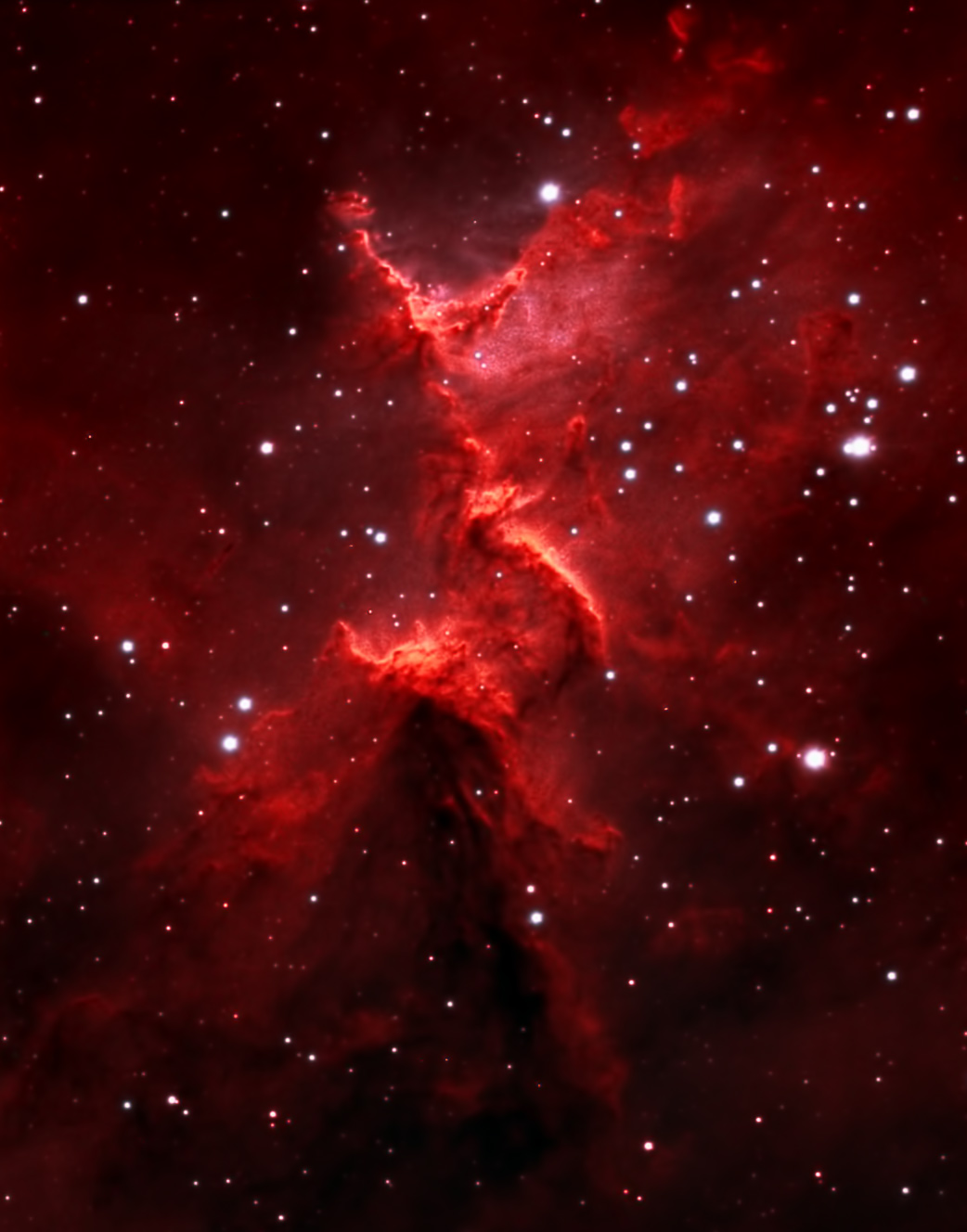
what caused the clumping?
a supernova, gravitational interaction with a nearby galaxy, or maybe a cosmic butterfly.
gravitational attraction caused the clumps to get more and more massive, generating so much pressure that the clumps burst into flames as nuclear fusion commenced. stellar wind from the new star cluster caused the dust to move away with hydrogen glowing red at the heart-shaped edges.
in the center of the heart nebula lies a psychedelic collection of dust pillars. the tips of the pillars are anchored by dense collections of dust--stars to be, or perhaps that will never be, as the surrounding dust is blown away.
lastly, here's an older wide field view of the heart nebula at low power as it's quite large, 5 times the apparent size of the full moon:
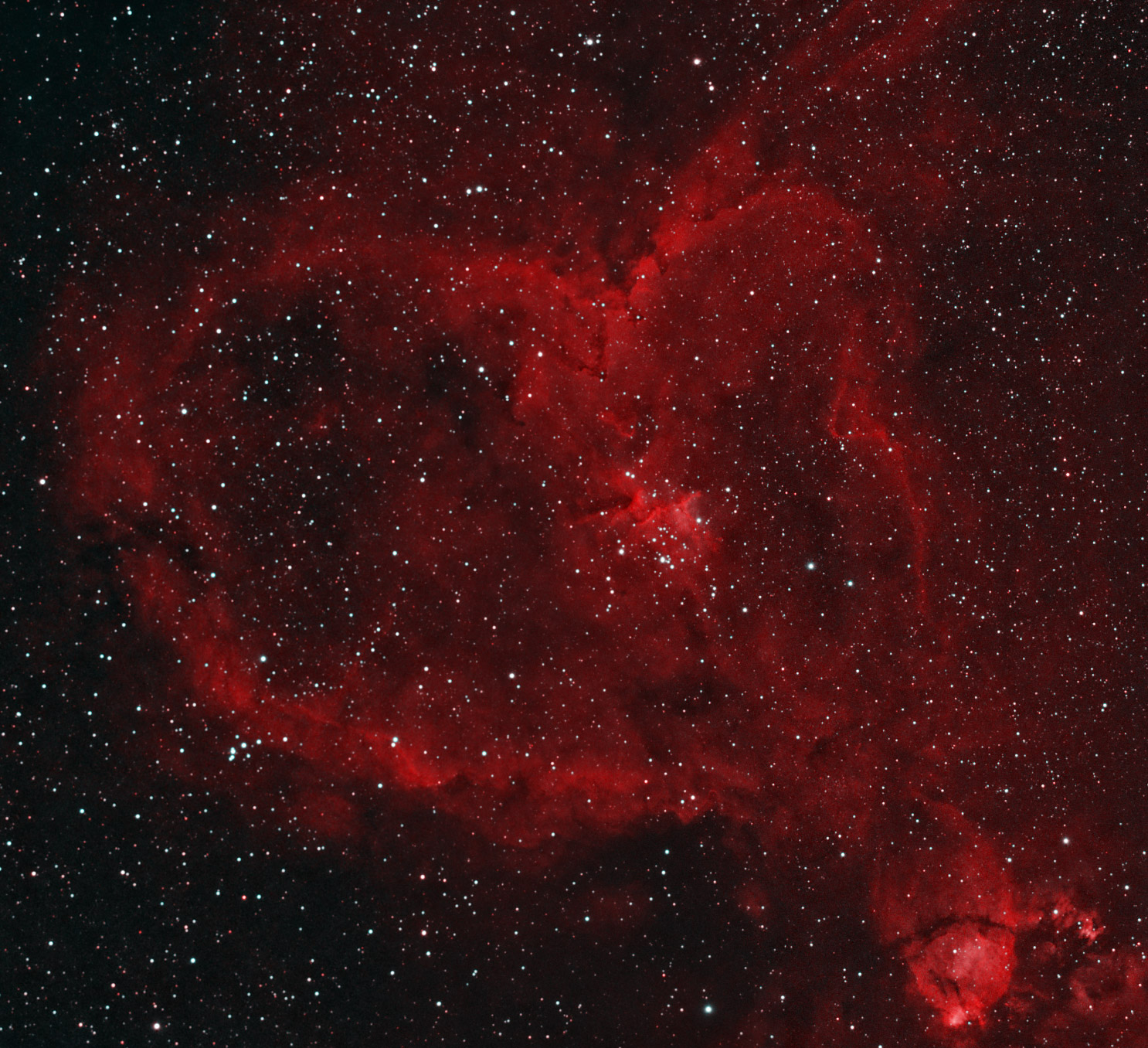 |
| heart nebula aka IC1805 |
image details:
8" LX200R, SX Trius 694 binned x 2 to 0.8"/px
astrodon 3nm OIII, 3 nm SII, 5nm Ha filters
ASA DDM60
OIII 6x20 min bx2, 13x20 min bx4, SII 3 x 20 min bx2, 39x20 min bx4, Ha 12x 20 minutes bx2
11/12/15-12/29/15
Eastbluff, CA
in processing, i accidentally overlaid the hubble palette version on the conventional giving a hint of color to the highlights, seemed to work, so i left it. the silky smooth background is not due to the massive exposure time, but rather aggressive use of topaz denoise.
heart nebula:
FS60C f/4.2 FR CS 10 nm Ha/Baader 8.5 nm Oiii filters, H9
Ha 12/19/08
Oiii 12/22/08-ruined by gradients re-shot 1/17/09
2 panel mosaic 12x5 min each panel
los alamitos, CA
bortle white skies, poor to fair seeing, good transparency for area
